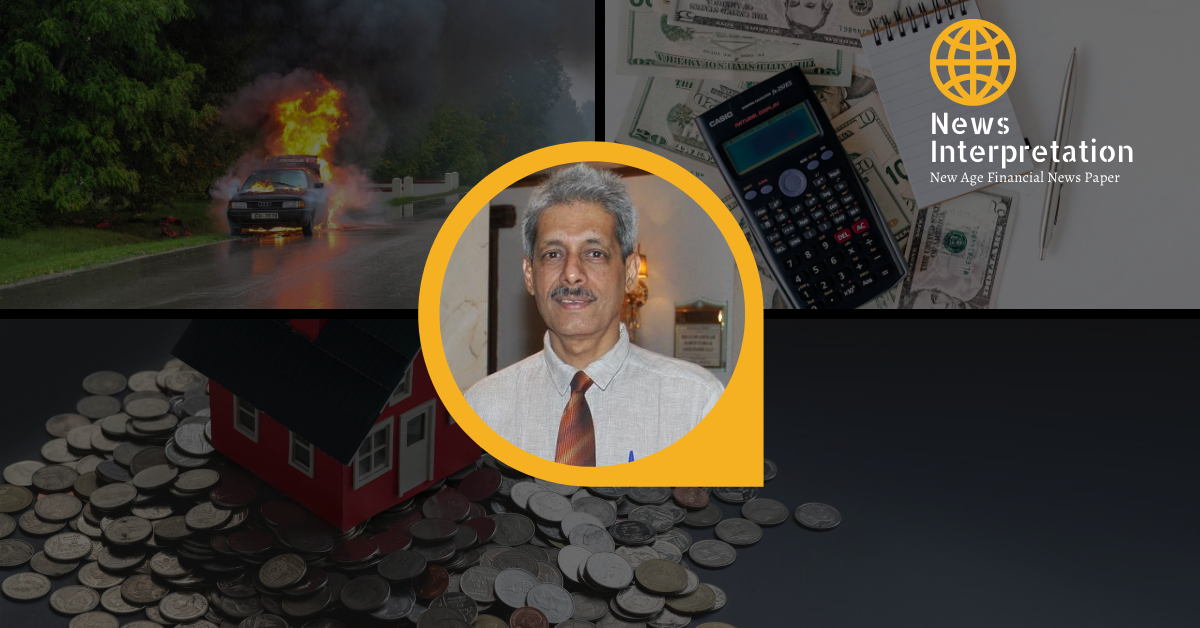US CPA vs Indian CA – A Comparison
The comparison is obvious. American Institute of Certified Public Accountants is the largest body of accountants in the world, whereas the Institute of Chartered Accountants of India is the second largest. Many commerce students these days are facing the question, of which course to do – The CPA or CA. Though there are different bodies providing the CA designation, this article speaks about the CA Offered by the ICAI.
The Institute of Chartered Accountants in England and Wales (ICAEW), which has more than 128,000 members, is one of the most respected voices in the UK accountancy sector, but is way behind the ICAI.
ICAI have 280000 members whereas AICPA have 450000 members in the world.
US CPA vs Indian CA are natural peers as both these exams are professional qualifications however the quality, structure, and duration differ completely, I would say CPA is far easier than CA and the most important reason for it is the exams are conducted monthly and one has the flexibility to write the exam in any months and also please note there are no exemptions in any of the subjects as ICAI currently don’t have MOU with AICPA.
Difference between US CPA vs Indian CA
The comparison between Indian CA and CPA US is given below:
- Duration: CPA takes on an average of one year to complete, CA takes 4 years
- Study pattern: CPA is a single-level exam comprising four sections however CA comprises three levels CPT, IPCC, and final. The nomenclature keeps changing for the CA exams but generally, there are three levels.
- Subjects covered: CPA US has 4 exam sections while CA has 16 papers divided into groups mentioned above.
- Article ship : 3 years of the internship experience is a must for CA however for CPA, there is a requirement of one-year post qualification experience in order to obtain COP / License
- Overall Pass Percentage: CPA US has an average of around 50% of pass percentage for all 4 sections while the result for CA is on an average 4–5%
- Recognition: Indian CAs are mostly recognized in India and in some countries in the Middle East, while CPA US has job opportunities across the globe not limited to the US, AICPA has MOUs with Scotland, Canada, Australia, etc and many other countries.
- Overseas opportunities: CPAs tend to have more overseas opportunities with companies in India. Any CA acting as CPA has an upper edge due to US GAAP content being tested in the CPA exam.
- Cost: CPA is costly ( 4 lakhs INR or more) as exams can be written only in US and Dubai, whereas the CA exam( 2.5 lakhs including coaching and exams etc for all three levels ) can be written in India, and thus the cost is on the lower side.
CA demands strenuous preparations for 4.5 years and studies are interspersed with an article-ship training of 3 years! During article-ship, your typical day would begin with tuition in the morning, office throughout the day, and then tuition in the evening.
Talking about CPA, the classes are generally held on Sundays to make it convenient for working professionals. All a student needs to do is to revise the topics covered on a Sunday so that he can make sense of the next class. Of course, rigorous study hours are required before taking the papers.
CA and CPA both are great career enhancements for students as well as professionals but CPA is a slightly better option.
How to do CPA in India?
To be eligible to become a US CPA, a candidate must have 120 credits, whereas, for the license, you need 150 credits. In India, the most common qualifications that make you eligible for US CPA are B.Com and M.Com. So as a bachelor’s degree holder, you are eligible to write the US CPA Exams but to gain the license you need to pursue one more year of education.
For becoming a CPA, a candidate must also cover at least 2,000 hours of work experience in a relevant field of work.





